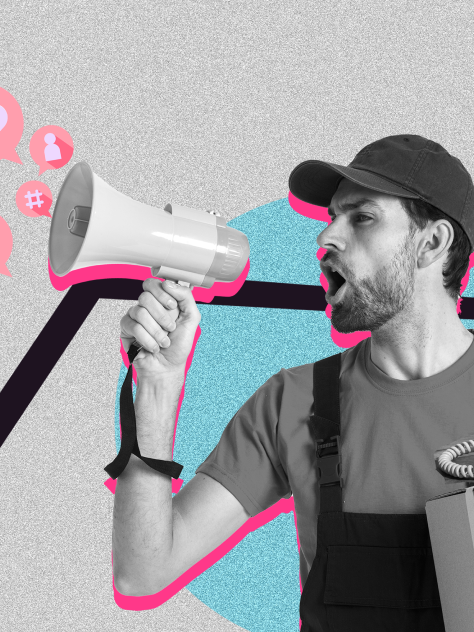Campaign Localization on Black Friday

Although we talk about a process similar to the translation stages in ISO 17100 and the actors involved in a professional localization work (translator, editor, proofreader, native language expert, project manager, etc.), translation is only one of the steps in localization process and is not sufficient on its own. There are intersections with Scopos and Translational Action Theories in localization, but the focus of localization is on promotion and marketing, and the content must undergo local controls, cultural adaptation procedures, and be positioned according to time, geography and context.
There are no limits to working with different types of texts, and the aim is to present a product or service in a way that makes it seem tailor-made for the target market, in a way that the target audience can feel “at home” and not feel alienated when they read it. These services and products can be multilingual user manuals, corporate web pages, softwares, versions and updates in all areas of information technology, medical content, games, apps, product labels or advertising videos and social media messages. For this reason, localization is the biggest assistant in positioning global campaigns in local markets.
Localization of global campaigns with the example of Black Friday
All corporate companies targeting sales conduct global campaigns at certain times. Examples of these are Black Friday, Cyber Monday, New Year, Valentine’s Day, Mother’s Day, Father’s Day. At these times, brands offer big discounts to their consumers. They may have different goals such as inventory depletion, gaining/reinforcing customer loyalty, increasing profitability or product promotion, but due to cultural values, they cannot offer the same campaign to every country, at this point they resort to localization solutions.
What is Black Friday?
It’s a big sale on the Friday after Thanksgiving. It falls in late November. Although it took until the mid-1980s for it to gain momentum as a consumption event and spread to the global market, its origins go back much further. It is most commonly associated with the big discounts before Thanksgiving in 1961, which caused a shopping spree and was headlined in newspapers as “Black Friday”. Although it is said that this expression was used for the first time during an economic crisis in the 1800s, the same expression was mentioned again in the 1950s, but still there are no definitive sources. What is certain is that it is a marketing campaign to encourage consumption and shopping, and that it has found a place all over the world today.
It has nothing to do with Friday, except that it coincides with Friday, but whatever your product or service, you have to position your brand according to the culture. Here, responding with a negative translation in front of a day that is considered especially sacred, i.e. a literal translation, can put you in the wrong situation.
Our suggestions:
Regardless of the culture, even for non-English speaking consumers, the term “Black Friday” connotes a discount. Even if multinational companies localize their campaigns, they can leave the phrase intact in their titles. This usage can also make you stand out in search targets. Talk to your SEO agency and translation agency to find common ground.
Since Friday is considered a holy day in many countries, you can choose to decorate and localize the black phrase with adjectives such as “magnificent, legendary, wonderful, most beautiful, expected” with a positive connotation.
You can personalize the campaign with a color, number or symbol specific to your brand. Like “Pink Friday”. In Arab countries, we frequently come across terms such as “White Friday, Yellow Friday”.
Take into account that some companies may launch campaigns on days and hours during less purchased times, while still referring to Black Friday. You should also take into account that they can spread the discount over a wider period of time, such as Wonderful Thursday, Wonderful Wednesday, etc.
Unlike Cyber Monday, which targeted e-commerce sales, we know that Black Friday targets retail sales, but pandemic conditions have reversed the situation. Most companies may also state that discounts are only valid for purchases made through the website. So for campaign localization, go with a style guide based on the digital identity of the company.
Keep in mind that the era when international companies’ campaigns were only for print media is over, and with video localization, you can switch to global advertising with much faster solutions with transcription-translation-subtitling or dubbing.
Remember that localization is the most preferred service type since it is the solution that minimizes post-production costs. Therefore, choose a localization agency that can work in partnership with your advertising agency and offer multilingual services.
Don’t think that the difficulty of localization is limited to puns. For example, be aware that shoe sizes, clothing sizes and patterns will vary.
Use words that are appropriate to the literature of the audience and the people who prefer the product. For example, you can make use of affirmations, such as the spiritual emphasis of the word “prosperous” overriding the material aspect of the campaign.
